Year 2016 has seen more black swan events and less capital flowing around. At such a disturbing moment, it might be a good time to think about the logic and nature of digital marketing.
Digital marketing, in a narrow sense, is a technical issue of corporate management. But broadly speaking, digital marketing tries to understand how attention is generated around the world, and how to grab attention to yield desired results. When attention has become this most influential factor on political and economical events at this digital age, digital marketing has reached its peak of strategic importance.
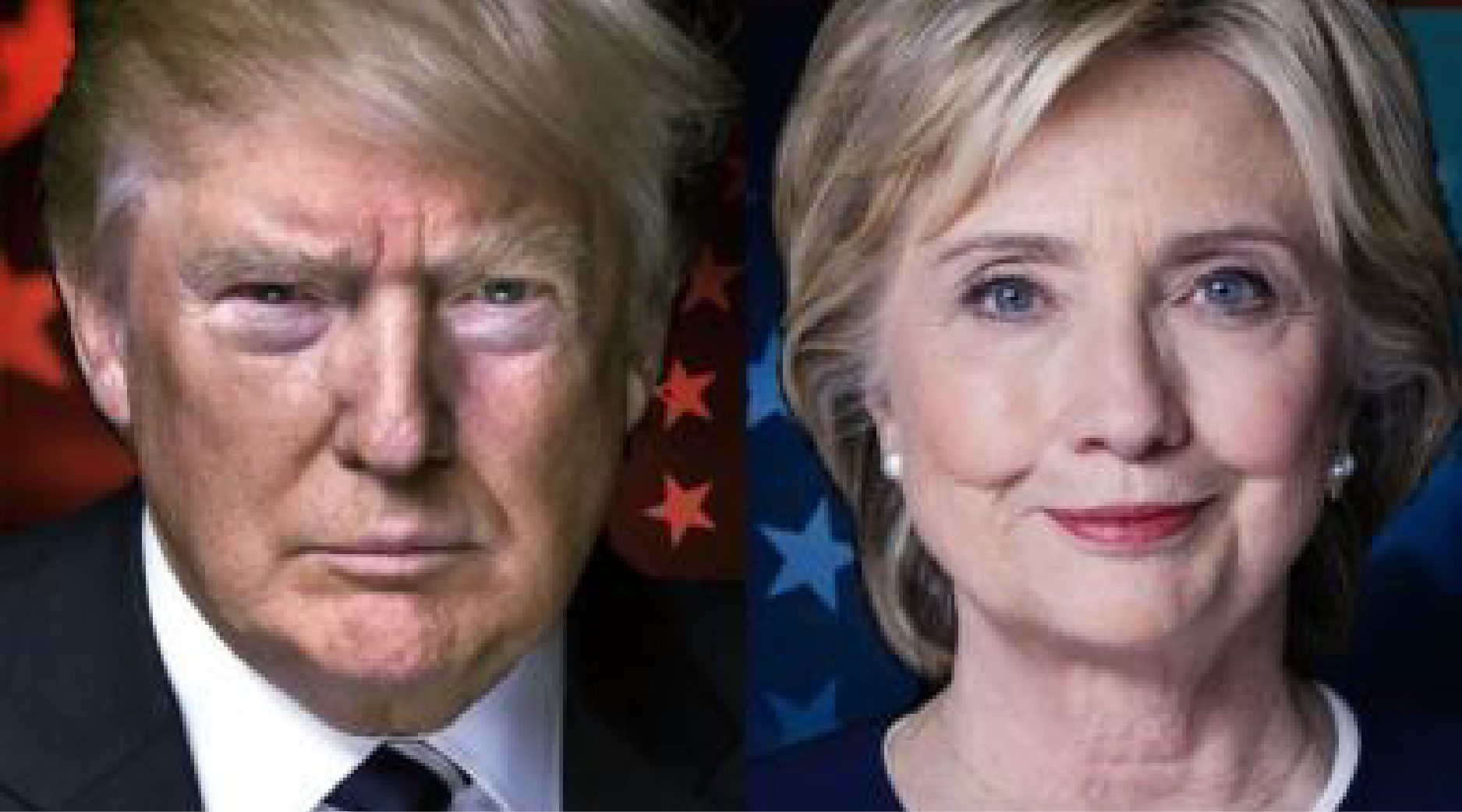
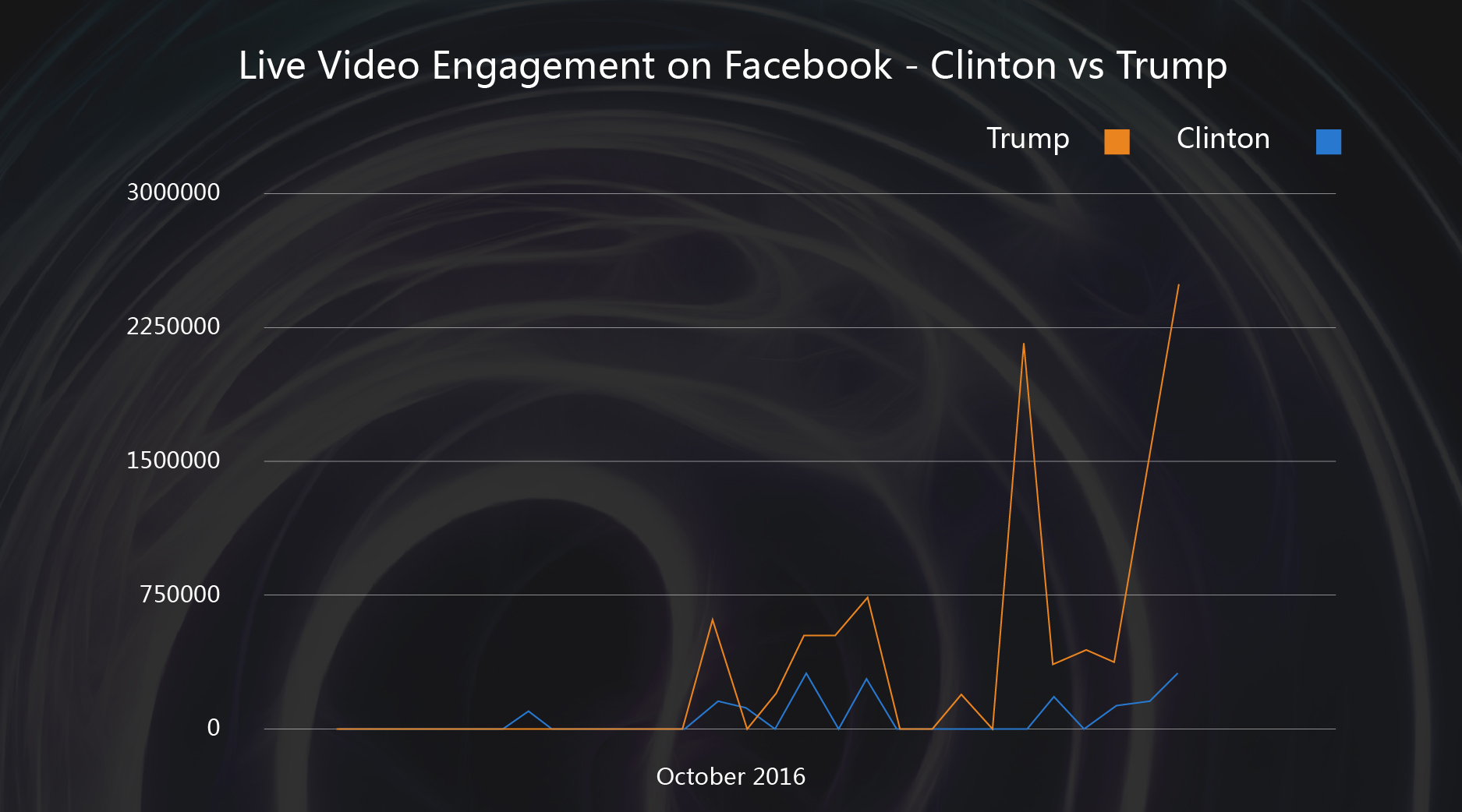
Donald Trump’s Ripple Marketing Triumphs Hillary Clinton’s Strategy to Control the Upper Funnel
In my annual end-of-the-year article of 2014 The Fall of Funnel and Rise of Ripple Theory, I put forward a view that traditional digital marketing (in fact traditional marketing), which realizes ROI by controlling the upper funnel of mainstream media, has become indiscriminating, ineffective and unsustainable. In this digital milieu dominated by social media and mobile devices, the quantity and effectiveness of big media are diminishing. Word of mouth has become more powerful and effective in influencing consumers’ decision-making than media exposure. Companies have to understand and find the way to generate ripples, whose quantity and quality will become the key performance indicator of a marketing campaign.
This view was widely acknowledged in the business (of course, there is disagreement). But more importantly, people want to discuss how to generate ripples, how to manage the process, and how to allocate marketing budget?
After two years’ practice, summary and back tracking, my 2015 article presented the concept of “Connect Management” and pointed out that Social CRM will be the core asset and critical procedure of future marketing management. My 2016 article titled The Most Important Media is People hopes to draw the attention of marketers to see the fact that the fragmentation of media has reached a turning point. When we talk about media resources in many occasions, we are not talking about the resources of a particular company (although unconsciously), but those of the mass instead. The latter are we-media, KOL, punsters, internet celebrities, IP, or even every common people like a company employee, a consumer or potential consumer.
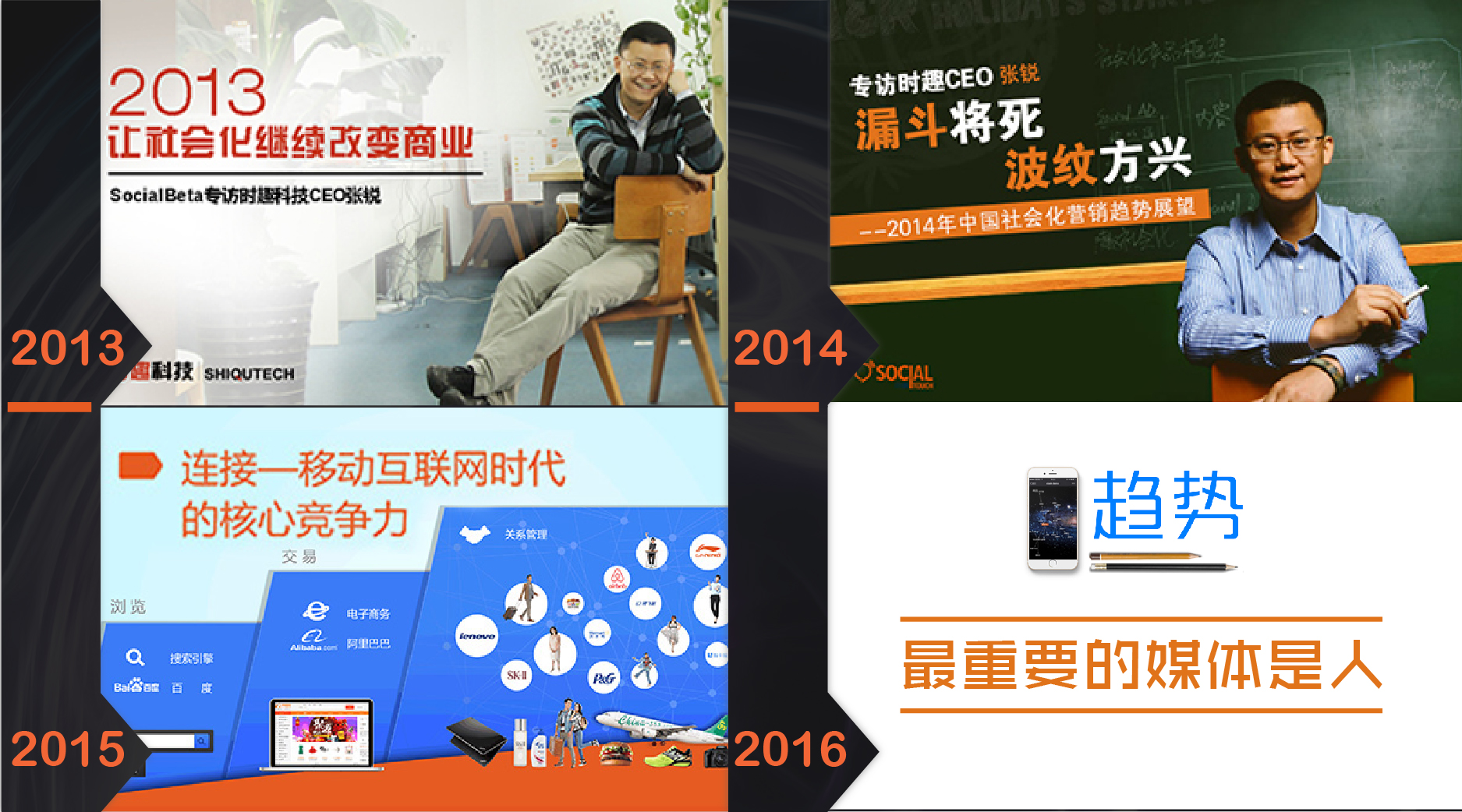
With year 2017 around the corner, my article this year hopes to expound a theory called “Ripple Theory 2.0”which can better explain new phenomenon and guide actions. This theory derives from the complex and world-leading social media on mobile devices, from the creativity of Social Touch and from the marketing practices of Social Touch’s clients.
The change of trend simply demonstrates the underlying structural change which drives the evolution of the whole complex system.
Marketing, in nature, is about obtaining and utilizing traffic. In the end, marketing is to realize maximum ROI on traffic in terms of branding and effect.
Therefore, before talking about the structural change of marketing, let’s do an anatomy of traffic and its driving force. To make it simple, we will take mobile marketing as an example. But the logic remains the same when the setting is changed to PCs or offline media.
Where does traffic come from? Or we should ask this from consumers’ perspective: where do consumers spend their attention online? Because wherever consumers pay attention, where there is traffic followed by marketing opportunities, traffic obtaining and utilizing.
Consumers mostly spend their attention three ways on mobile devices: using tools, watching content or communicating.
Therefore regardless they are BAT, the TOP 3 internet companies in China, or the mushrooming startups, will offer products that enable one, two or even three above-mentioned functions as long as their business model is making profit by selling ads.
Baidu is a search engine company who also provides content through Baidu Baike or Baidu Tieba.
Taobao is an online shopping website, but also a platform that assembles commodities.
WeChat mainly caters to consumers’ communication needs, but also provides “Official Accounts” for content producers to hog consumers’ time while they are reading.
The products and services provided by these three giants have almost engaged consumers on a daily basis, which created massive traffic and then morphed into big media companies. They then sell the traffic they have to marketers.
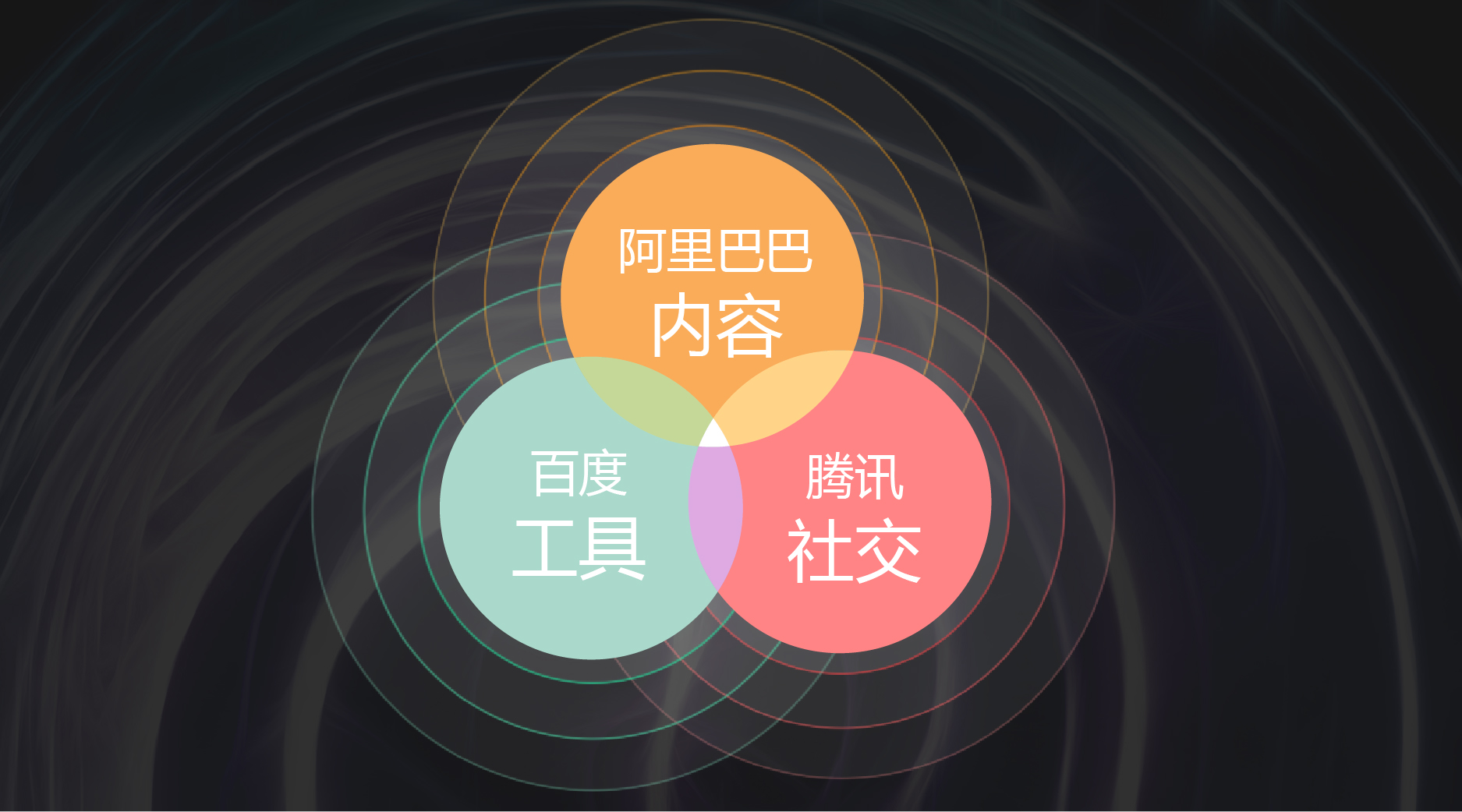
If we take the birth of iPhone in 2007 as the start of mobile internet, it has been 10 years since then. In the past 10 years, innovative and technology-driven internet companies keep creating new products and services and enjoying the demographic dividend of rapidly growing internet users. Traffic created by people on the go, (in other words, attention resources people spend on mobile devices), has surpassed that created by PC users or traditional media subscribers.
Year 2016 might be another turning point of mobile internet in China. The smart phones shipments suddenly and noticeably declines while the growth of mobile internet users have slowed down.
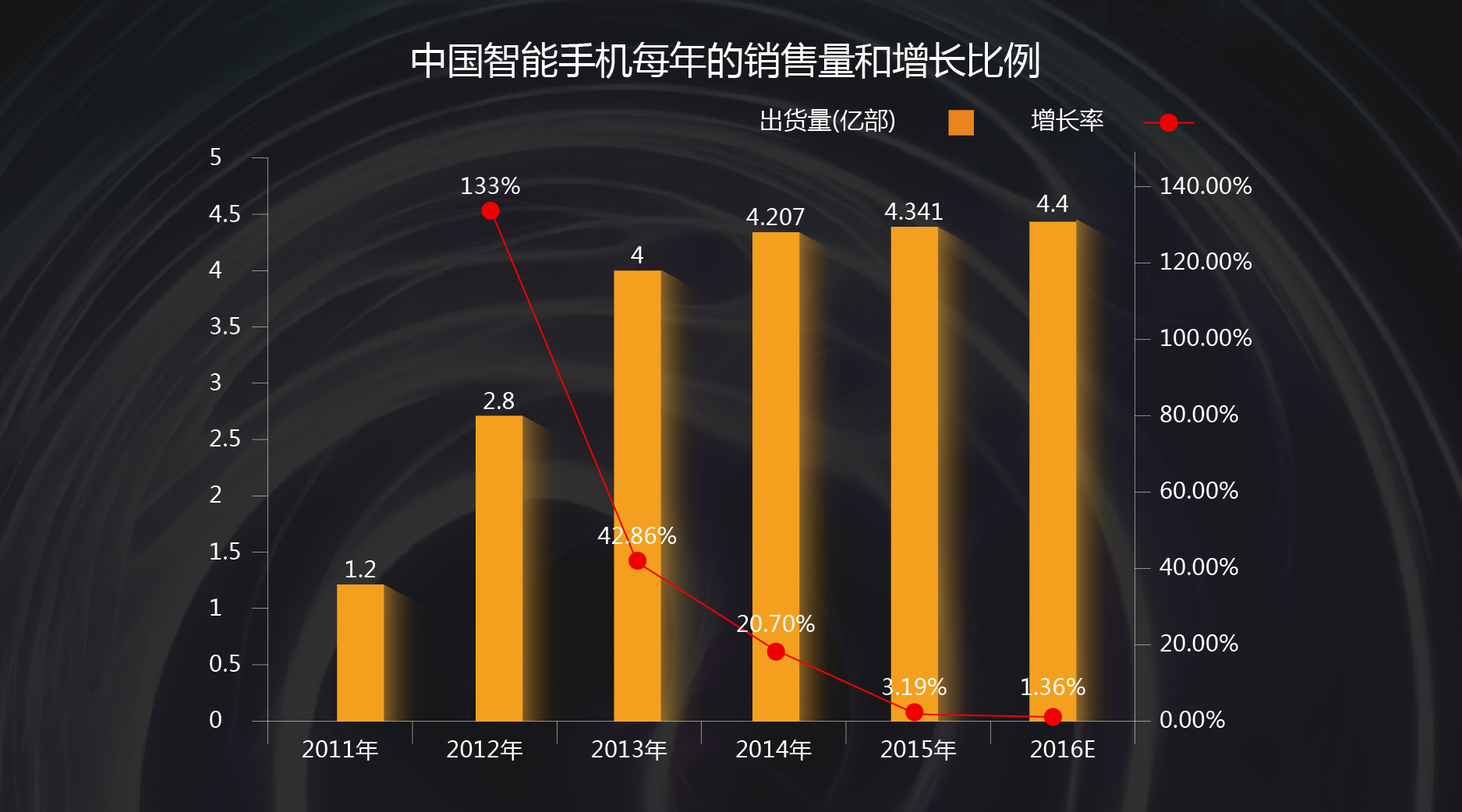
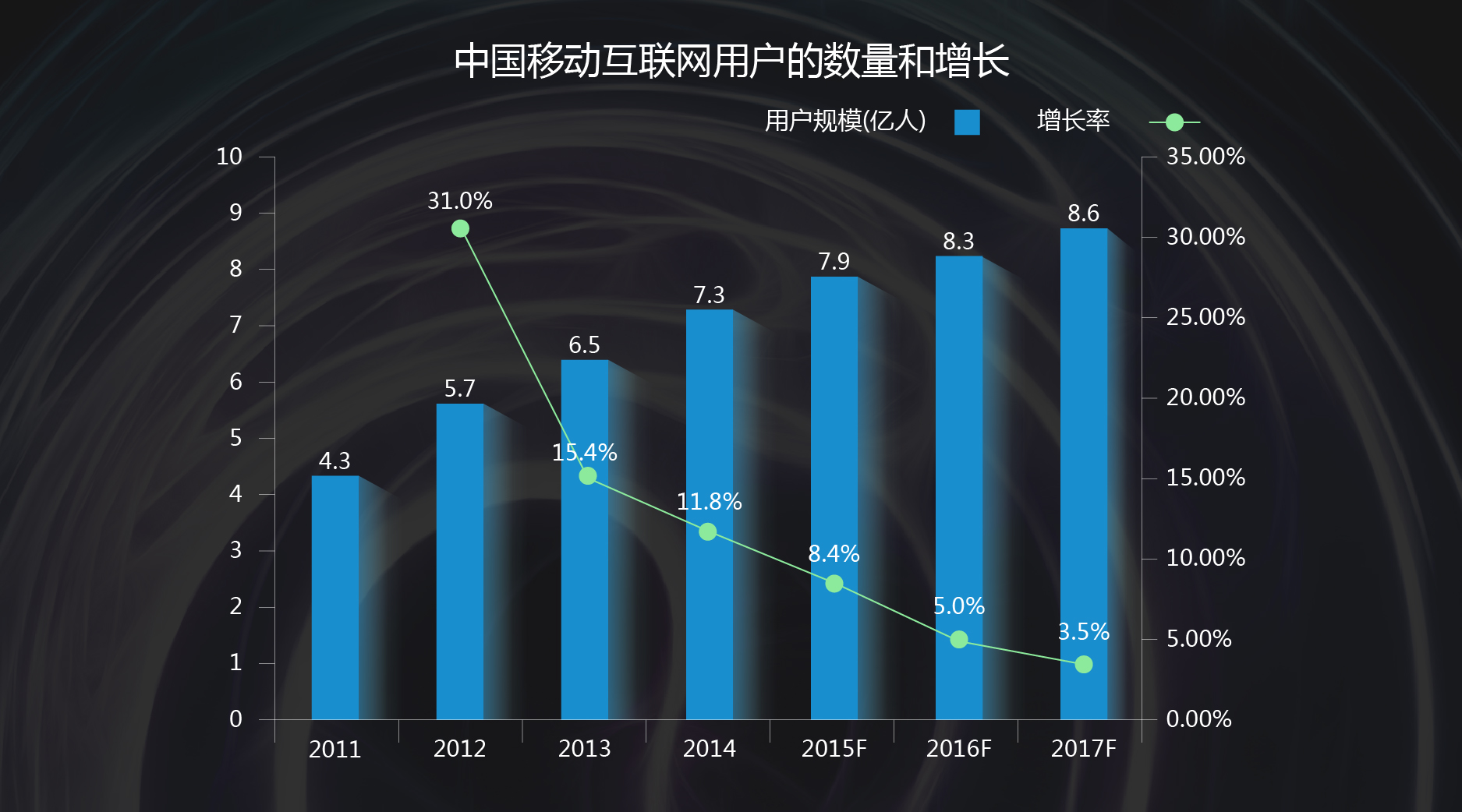
The above graphs show that the demographic dividend brought by new mobile internet users has vanished in 2016. Now we have entered the second half of this game.
So here comes the question: where is the driving force of traffic growth going forward? When there are no more new users accessing internet via mobile devices, what’s the most effective way to attracting and maintaining user inventory?
This is a life-or-death issue for internet companies. None of them can be spared of the fight for traffic and attention. But in this structural transformation period, there will be some companies whose coping strategies will fail, leading them to wither and die. And one day, the current business landscape will change.
This is also far-reaching and meaningful question for marketers. In the past, they would buy traffic from BAT, like renting land from big landlords. But one day when the landlords don’t have any grains to spare (We are still very far from there. But when the traffic growth on these big platforms slow down, the advertisement cost will rise), what should marketers do? Who will be the new traffic leaseholders with most competitive rate? Or perhaps this is a chance for marketers to become landlords and free themselves of life-long rent paying?
To answer such a complex problem, one just needs to watch where the ever sleepless capital goes. Investors have trustworthy senses and thinking.
In 2016, the biggest recipients of investment in Chinese Internet industry might be content producers, IPs, we-media or internet celebrities. But in America, the hottest investment targets are the interfaces and capacities with natural language and scenarios supported by AI.
If we take a look at the strategic moves of BAT and other big internet companies,
Alibaba and Tencent have invested heavily into content like movies, web series, web entertainment shows, animation, books and music.
Taobao is transforming from a store shelf to a social media.
Baidu has announced to provide a subsidy of RMB 10 billion to content producers.
Headlines Today has announced that it would fork out RMB 1 billion to support short video news makers.
Miaopai has announced to invest RMB 1 billion into short-video making industry.
The findings are clear:
The main source of traffic will be content in China. But in America, startups favor techniques and put their money on hardware or scenarios supported by AI.
But this opens the bags for more terrifying questions:
Do content producers have to make money through the big media platform, especially nowadays when they have more bargaining power?
If companies can use certain technology and have direct interaction and communication with consumers, namely directly creating traffic, do they still need advertisement?
The nature of internet is to remove intermediaries. What if the intermediary to be removed in the future is today’s big media?
Back to the topic of this article, marketing method is changing.
Ripple theory 1.0 stated that the quantity and effectiveness of upper funnel are disappearing on mobile internet. The truly effective marketing is creating more and more ripples, which can spread outwards by engaging countless consumers via the super touch points of social media, then form new ripples and producing an outburst of massive traffic. And thanks to the maturity of functions like e-commerce on mobile devices or social media, every consumer reached is more accurately targeted. Thus, these consumers are more easily converted to paying customers.
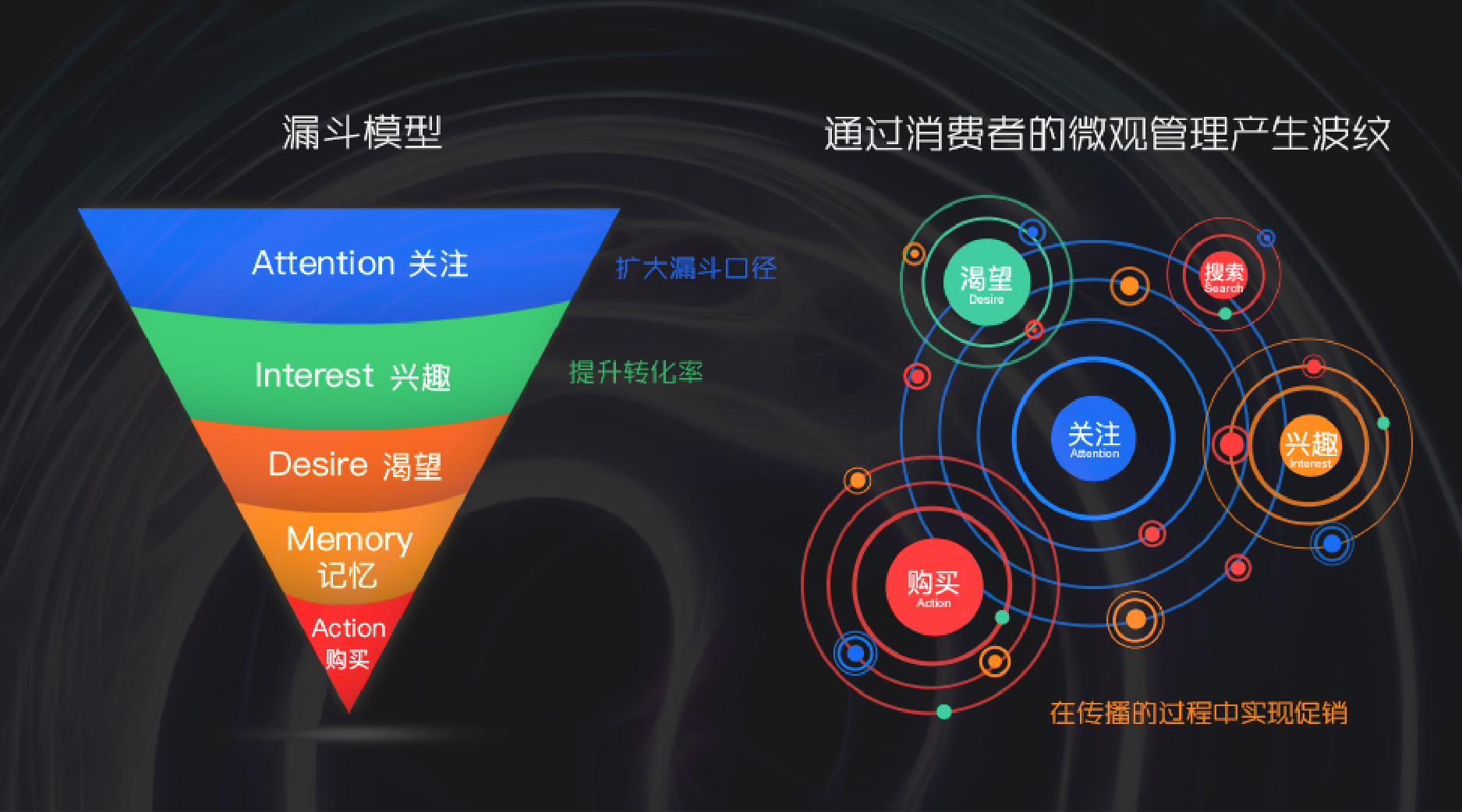
The flaw of ripple theory 1.0 is that it’s too simple. It can only explain the macro phenomena, but falls short of providing guidance for marketing practices.
Ripple theory 2.0, below is a concise illustration of how it works.
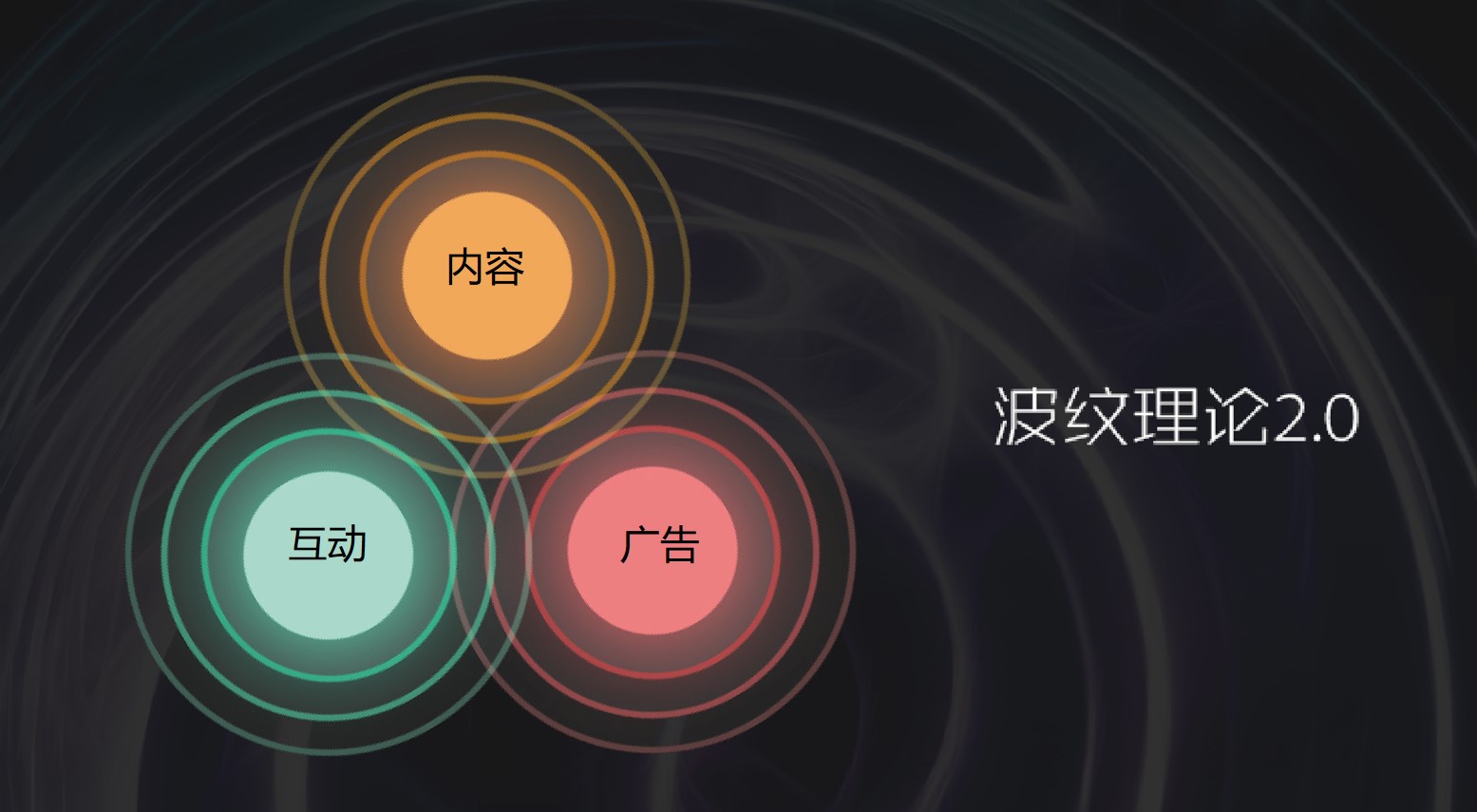
The above graph shows that it has changed from sole reliance on buying advertisement to obtain traffic to multiple options like content, interaction or advertisement.
Content itself can bring about high-quality and targeted traffic by trigging ripple effect marketing. This is obvious and needs no explanation at a time social media has become the first source of information for consumers. And the better targeted the content is, the higher quality the traffic it brings. Hence higher conversion rate.
Interaction itself also creates traffic, although one UV/PV a time. However, more one-on-one communication with targeted consumers means better conversion rate. And thanks to the help of the sharing mechanism on social media, consumers’ broadcasting power has grown which can help with loyalty building. So it’s safe to say that traffic generated by interaction has great value. But software and individualized algorithm are needed to improve scale and quality, that’s what most companies’ marketing lacks.
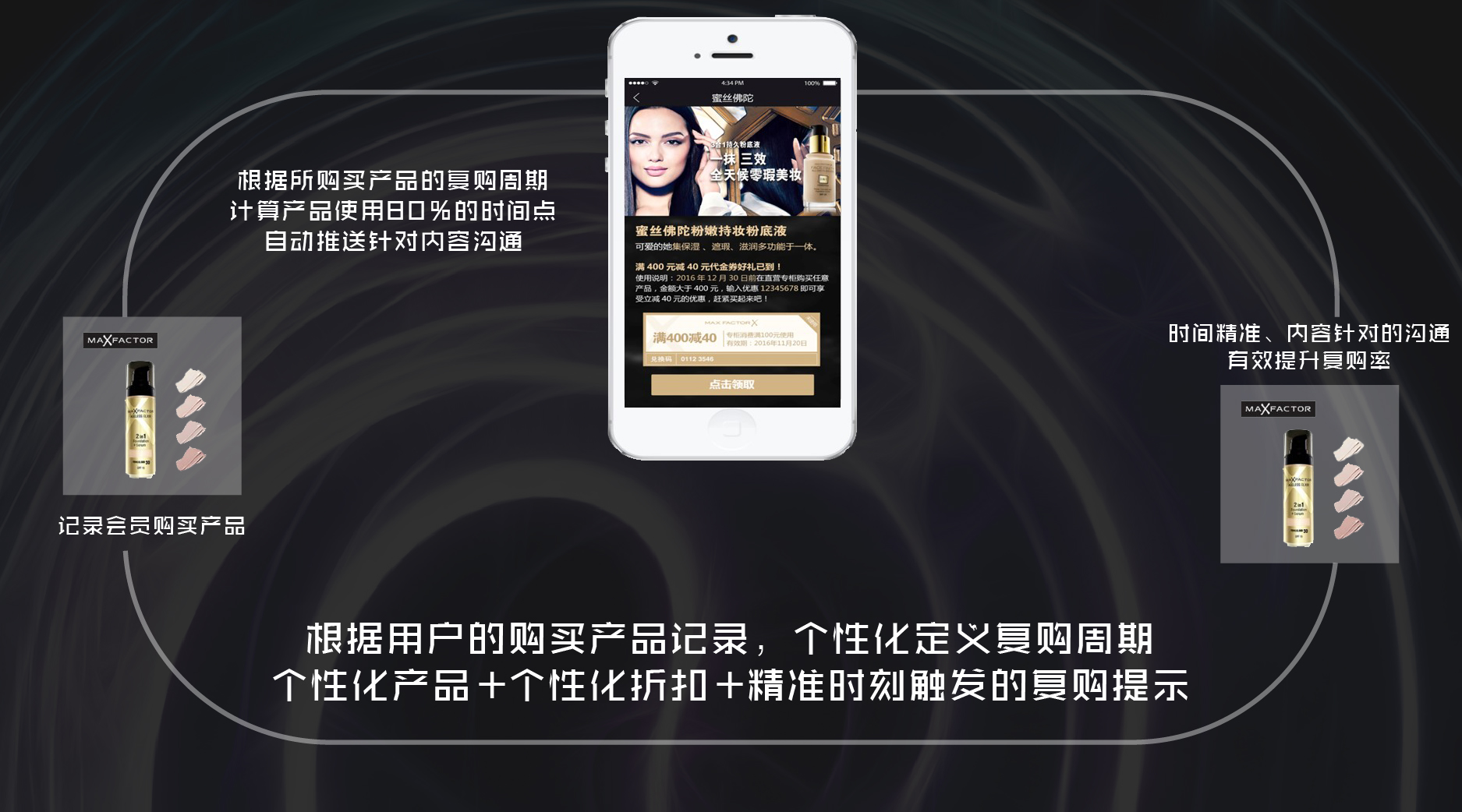
It is obvious that advertisement can generate traffic. But most media buyers won’t tell advertisers that promotional ads can generate ripple effect, and the reason is simple: money. Actually YouTube has allowed its users to skip or share the ads played before a video long time ago because this can force advertisers to make appealing ads, which will then lower CPM cost. Today the cost of Weibo feeds and advertisement in Weibo Moments is reduced because consumers are more willing to respond to them.
Today, all advertisers shall ponder: is my ad a good one if it cannot prompt the viewers to share or interact, or get a good pricing from the media where it’s released? Therefore in 2016 we see marketing budget continue going to grassroots media, online videos, IP spin-offs, or product placement, or programmatic release of native advertising.
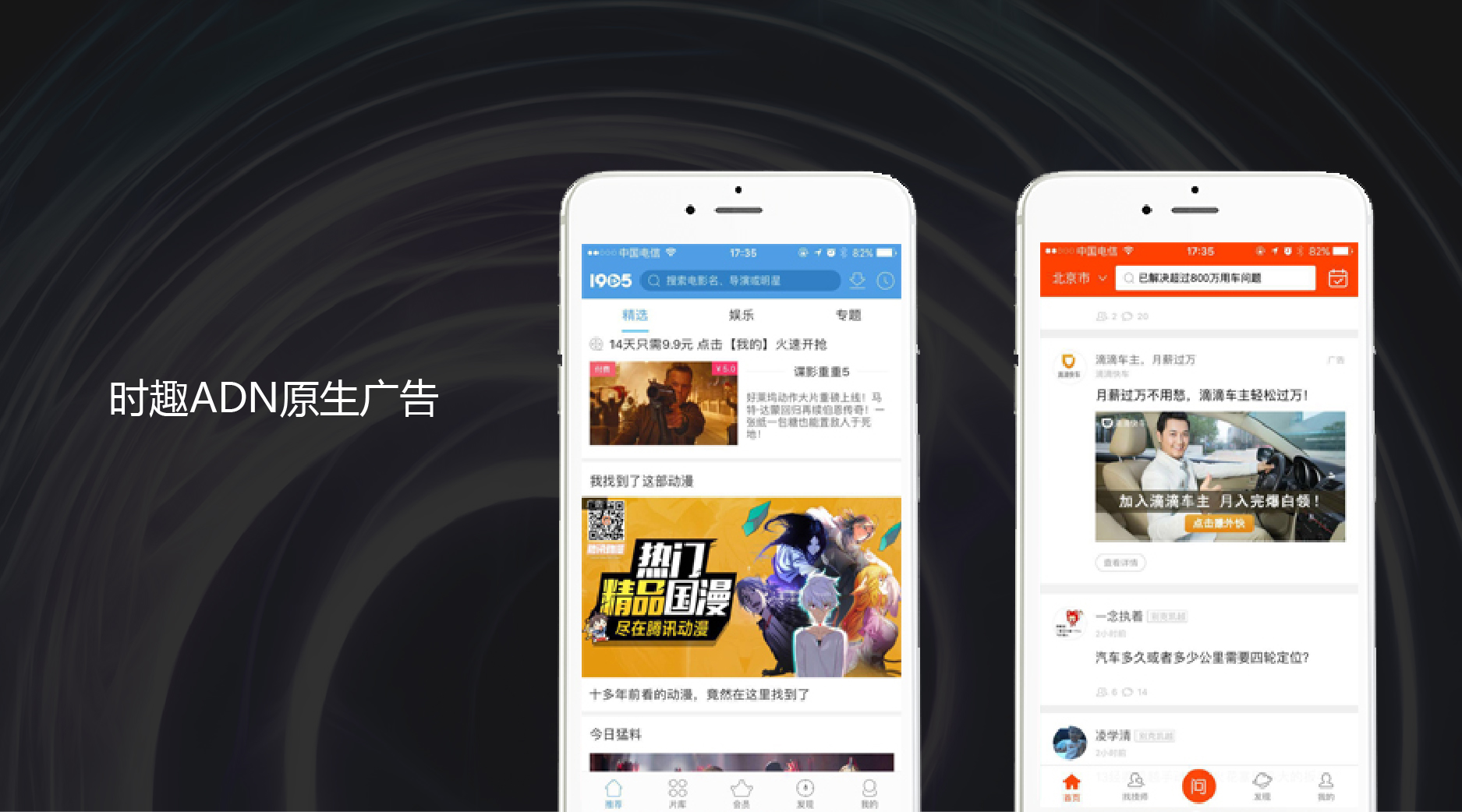
It’s noteworthy that “ripples” in marketing also have interference and overlaying effect as ripples in physics. To generate big and powerful ripples, content, interaction and advertisement strategies shall be integrated.
In fact, innovation efforts in marketing in recent years have been made in the overlapping areas of different types of ripples: interaction-trigging content, conversion-prompting interaction and ads with most valuable content. Media, ad products, ideas and clients’ strategies have all moved to the direction of overlapping and integrating promotional strategies.
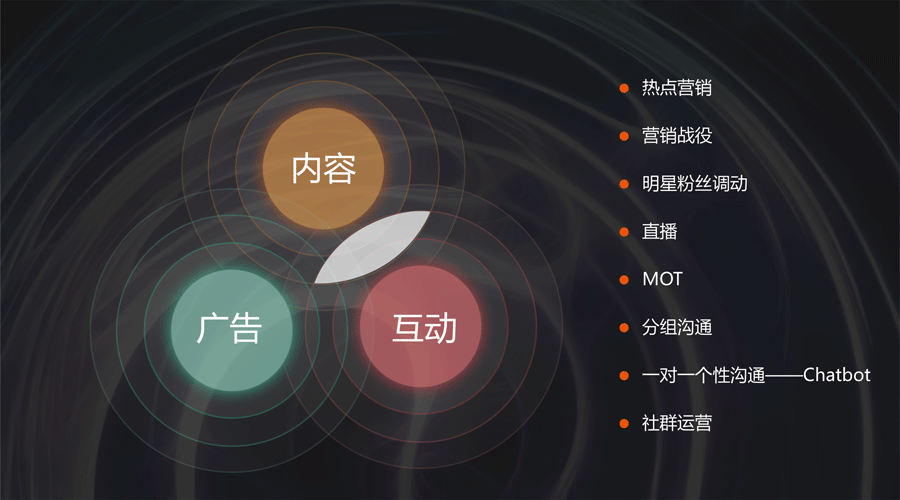
For SMEs, it relies on human creativity and diligence to generate a continuous ripple. But for big brand names, they need to adapt to the new norm without the powerful upper funnel and generate ripples with scale and frequency. It’s impossible to do this if established companies continue to trust the obsolete ideas and experiences of 4A companies. Instead, they need to construct a new business platform and procedure, adopt new tools and modes of production.
We have to wait until Ripple Theory 3.0 expected one or two years later to provide the details and theoretical model of this. Although Social Touch has explored ways of data-driven and intelligent marketing with many clients, it needs time for those attempts to yield value and for us to induct general principles. I want to briefly introduce where we are experimenting with in the hope of attracting clients or partners who are willing to innovate.
Data, algorithm and content: how to produce more effective content with data and artificial intelligence? How to predict trend and content effectiveness? How to make effective content with least time? How can we use successful content to produce a platform/opportunity that utilizes the algorithm behind the content?
Data, algorithm and interaction: Social Touch’s SCRM has integrated user data sources and other data to optimize the interaction and effectiveness between brand names and consumers by machine learning algorithm. There is a huge gold mine to dig in this area.
Data, algorithm and advertisement: Programmatic marketing is the area where Social Touch invested most in 2016, which takes us to the leading position in this industry. What we values are not limited to real-time algorithm and bidding of media data, but also including how to better match marketing and user data collected by companies with advertisement release to form new algorithm and loops, and realize better ROI through programmatic advertising.
What’s the endgame of marketing? The most important thinking I learned from Professor Zeng Ming in Hupan University in 2016 is taking on a problem from its endgame.
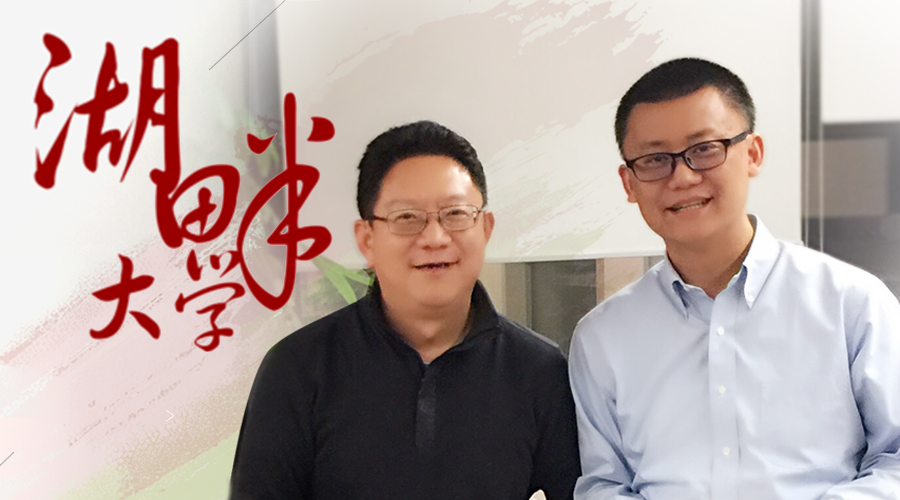
Is it the endgame of corporate marketing relying on more powerful media which provide better ads and media solutions? This is not an appealing future to me. In the 20 years since the birth of internet, a myriad of companies has helped many media platforms optimize their algorithm with their promotional money, which sounds ironic. But this is the truth.
The BATs and all kinds of emerging media platforms have tried to launch better ads and solutions within the fence they built, hoping big brands can totally rely on their solutions to collect data in order to achieve tightest customer bonding.
However, the rise of big data and artificial intelligence will make the internet companies with an early start lose their technical edge and monopoly sooner or later. In future, the core of corporate marketing is to create one’s own algorithm, which means that every company should have its own Alpha Go. This marketing Alpha Go can talk with customers in a smart way and provide one-to-one and individualized services. And the so-called media will become every product made by companies with “internet of things” technique, data exchange between companies, and the social media through which companies communicate with customers.
Then and only then will the intermediary be removed from internet, or we could say the disappearance of prominent and monopolistic media platform.

As I said in the beginning, marketing in essence is helping companies get the attention they need to thrive. To see through the surface, let’s draw a comparison between marketing and energy industries.
Internet traffic can be seen as oil. Big internet media companies are effective oil companies who produce lots of petroleum every day. The marketing system of media and the ecosystem of media buying intermediaries are similar to oil pipelines, which transport oil to its buyers. The buyers then use oil to fuel their production and development. This is the nature of marketing industry.

However, we all know that petroleum is neither an inexhaustible nor sustainable energy. Oil inventory is limited (demographic dividend), oil refining can damage the environment (false ads), oil price fluctuation greatly impact the economy (rise of traffic cost will adversely affect the profitability of businesses), oil can even constrain humankind’s exploration of the outer space. Only solar power and nuclear power can help humankind explore faraway galaxy (revolutionary innovation of business model).
What Social Touch is doing, fundamentally speaking, is helping companies gradually shifting its marketing energy sources, even if not once and for all to its own solar power or clean energy but to a hybrid power system first. In the meantime, we also help companies build a new system to get marketing energy, that is to say, to get power from ripples generated by data-driven data, interaction and ads. And the power will propel the company brands and products to grow faster, further and more effectively.
